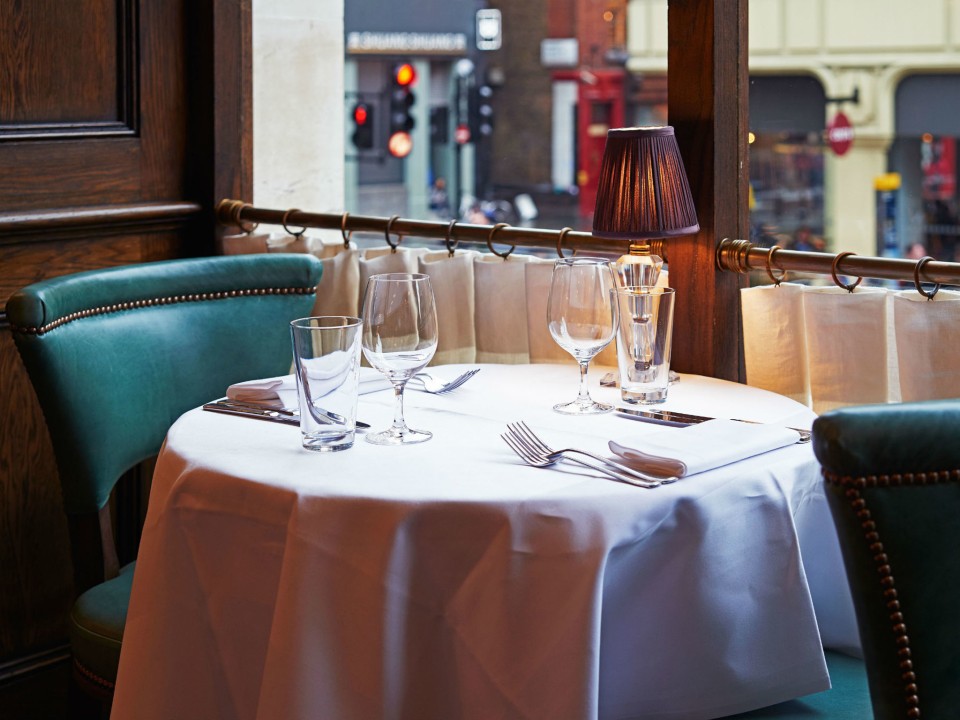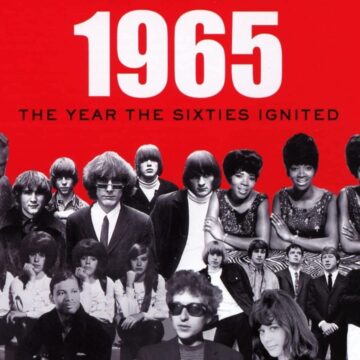How have you been eating over the last few months?
I don’t want to make you jealous, but the grub at lunchtime at my gaff has been sensational. Largely driven by the inspirational bread and sandwich making abilities of my son, I have been spoilt by esoteric combinations of home-made sour dough and fresh fillings. I could have self-isolated in the Harrods Food Hall for three months and not eaten so well.
I write this on the eve of a supposed government announcement about the imminent re-opening of the leisure sector, heralding hopefully, a potential return to all of our favourite restaurants. If the rules leaked over the last few days become reality, we will have to expect a different dining experience.
Sensible and practical social distancing is essential, but the impact may be significant. Separated tables, disposable menus, waiters profusely washing hands after serving each customer will create an unfamiliar dining experience. It might just be easier to sit on a table outside your favourite restaurant and see what’s available locally on Deliveroo.
Since March, we have all abandoned our offices and stopped that most important commercial activity- the business lunch. The question is whether we will ever again fawn over a client’s appalling jokes, whilst opening that second bottle of Sancerre.
I mention wine because my advertising career began in 1987 with this solitary piece of professional advice from the bon-viveur Chairman of the agency: “if in doubt with the wine list, always order the Sancerre.” I have followed the guidance religiously over the last thirty years, although latterly struggled to find a decent bottle when taking away from Pret a Manger.
I was the beneficiary of a career trajectory that allowed a steady improvement in restaurant selection in accordance with personal advancement. When an Account Exec, I spent a lot of time in burger bars in Covent Garden and by the time I became an MD, there wasn’t a Maître D’ in town who wouldn’t turf out some badly dressed tourists to give me an immediate table. Oh, the power I wielded.
The restaurants that were frequented by advertising folk were often simply a public destination to be spotted with an important client. If you could cuckold a rival by appearing at a table near them with one of their clients, you’d hit the jackpot. Above all the flamboyance of the restaurants reflected the energy and dynamism of the industry.
In the 1980s, Langans Brasserie was for example, one of the places to be seen. Founded by the irascible and alcoholic Peter Langan, it combined elegant French food with excessively bad behaviour, normally emanating from its owner. Often completely incapacitated by drink, he would sit down uninvited with diners and interrupt their meals. He co-owned the restaurant with Sir Michael Caine who he once described in an argument as “a mediocrity with halitosis who has a council estate mind”. Langan tragically died at 47 after setting fire to himself in a drunken argument with his ex-wife.
In the 1990s, the advertising restaurant of choice became The Ivy. Its history was far more salubrious. Abel Giandolini and Mario Gallati joined forces in 1917 to launch a modest café which rapidly gained favour amongst the theatre community. The name came from an exchange between Giandolini and a regular. After he had apologised for his building works, explaining his desire to create one of London’s finest dining rooms, the actress Alice Delysia replied in the words of a popular song of the day: “Don’t worry, we will always come to see you, we will cling together like the ivy.” How very sophisticated.
The Ivy became a regular haunt for the advertising world and very often at least half the tables at lunchtime were filled with agency leaders, desperate to have the most prominent view of the other diners. There was much backslapping and bonhomie on display when you met a mate from the industry. Don’t be fooled. Backstabbing and character assassination were the true order of the day.
Now in 2020, the world is a different culinary and commercial environment. Last week Le Caprice, another Mayfair stalwart founded also by Abel Giandolini, announced its sad closure. The Ivy is now a national chain available on posh high streets across the country. But it is not just the restaurants that have changed, it’s our lunch habits too.
Over the last ten years, corporate life has become more dynamic, informal and fast-paced. The ancient art of schmoozing is dying and disrupting a busy day for a lunch appointment is an increasing irrelevance to time-poor business leaders. Plus, who needs all that rich food?
When I look back on my many long, languid, leisurely-luxurious lunches, I am struck by an abiding memory. It was never about the grub. I would try to eat the same thing and invariably order after only a cursory glance at the menu to not interrupt the conversation. The true purpose of all those exorbitant expense claims was an overwhelming desire to build strong and effective relationships with clients, partners and colleagues.
Nowadays the notion that you require a glass of Sancerre and a dessert mint to achieve more effective communication is rightly a legacy of a long-passed age. But what the last three months have really taught is that personal interaction, even on a Zoom or Microsoft Teams, is more important than ever. Being genuinely interested in the person you are dealing with, building a connection and creating empathy – that is what really matters. Our new informality is so liberating in its ability to deepen the professional bonds we create.
Like everyone, I miss the ability to sit and chat informally in a café or a restaurant. Let’s all hope that these wonderful businesses flourish soon as their punters enthusiastically return. Anyway, must dash. You’ll never guess what time is time for.



